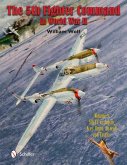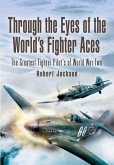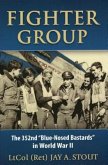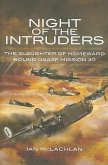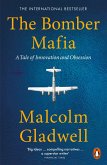"Brown ... sits down with [Jerry] Yellin, now ninety-three years old, to tell the ... story of the final combat mission of World War II. Nine days after Hiroshima, on the morning of August 14th, Yellin and his wingman 1st Lieutenant Phillip Schlamberg took off from Iwo Jima to bomb Tokyo. By the time Yellin returned to Iwo Jima, the war was officially over--but his young friend Schlamberg would never get to hear the news. [This book] is a ... first-person account of war from one of America's last living World War II veterans"--Amazon.com.
Hinweis: Dieser Artikel kann nur an eine deutsche Lieferadresse ausgeliefert werden.
Hinweis: Dieser Artikel kann nur an eine deutsche Lieferadresse ausgeliefert werden.


